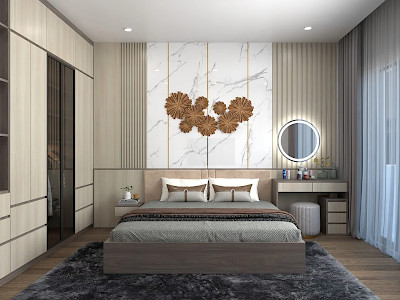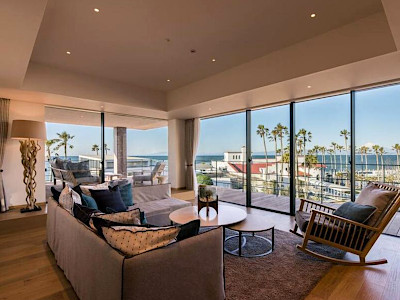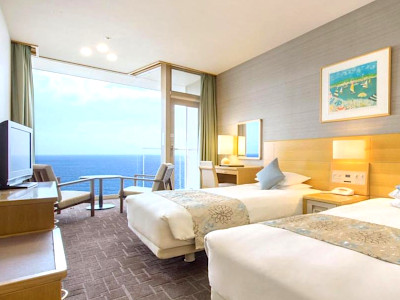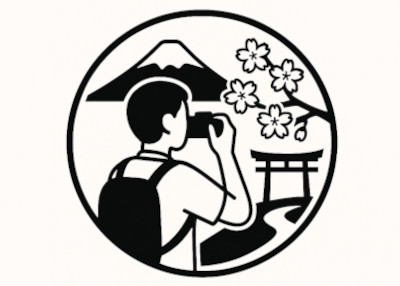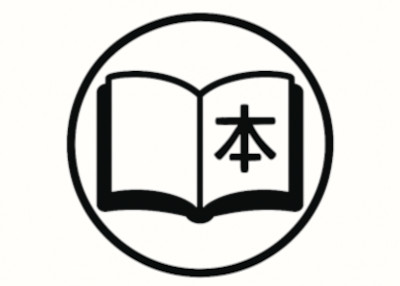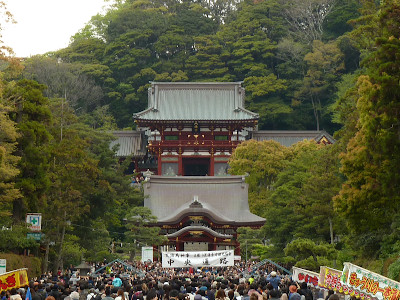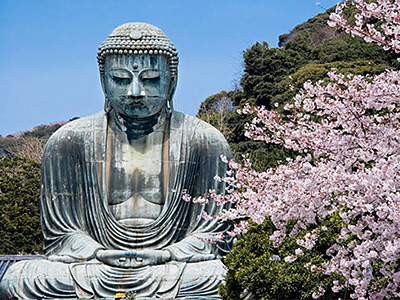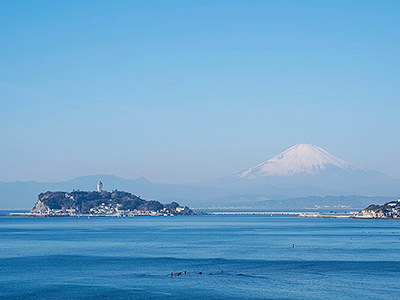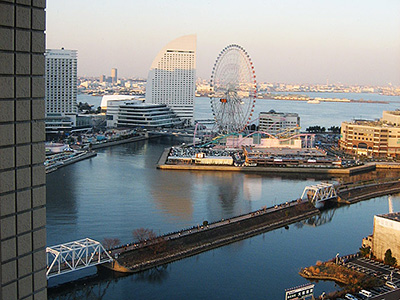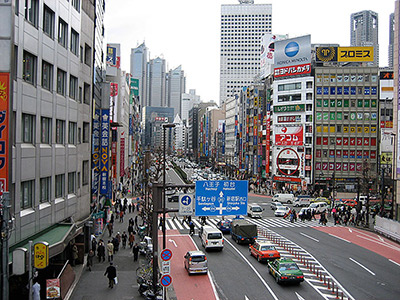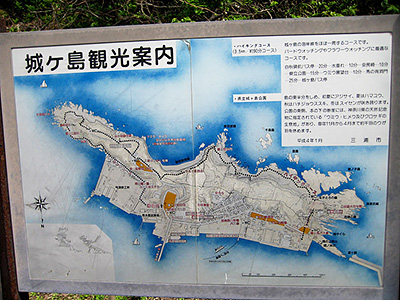Hokokuji Temple in Kamakura
This post can contain affiliate links, which means that we may receive a small commission if you make a purchase using these links.
Facts & Figures
Hokokuji has a history of over 700 years. It is a small and extremely beautiful Zen Buddhist Temple of the Rinzai Sect on the outskirts of Kamakura. The temple grounds cover an area of approx. 13000 square metres. Its most outstanding feature is the famous bamboo grove right behind the main hall, which was before a Buddhist training area. You will find there more than 2000 moso bamboo stalks. Therefore the temple is also known as Take-dera (Bamboo Temple). This dark green giant timber bamboo came originally from Taiwan and China. It can get as tall as 29 meters. People come here to worship the Shaka Nyorai or Gautama Buddha (historic Buddha statue), which can be found in the main hall. Many temple treasures are designated as important cultural properties by the Japanese government like the statues of Shaka Nyorai Buddha, Kasho-Sonjazo, and Butsujo-zenji (founder Tengan Eko received this title after his death). The temple grounds are also full of beautiful hortensias, hydrangea, and jasmine flowers. Some local people participate in the Kamakura 33 Kannon pilgrimage and Hokokuji is listed on the 10th spot. My tips: The temple area can get crowded on weekends so the best time for a visit is on a weekday mornings. You can also witness here every Sunday Zen meditation ceremonies (8:00 am - 10:30 am, arrive latest at 7:30 am) and daily sutra hand-copying events.
- Hokokuji Temple:
- Opening Hours - 9:00 am to 4:00 pm
- Closed - 29th of December - 3rd of January
- Admission fee - 300 yen (Adults) entrance fee for the Bamboo Garden and 600 yen for garden + cup of Matcha tea (served till 3:30pm)
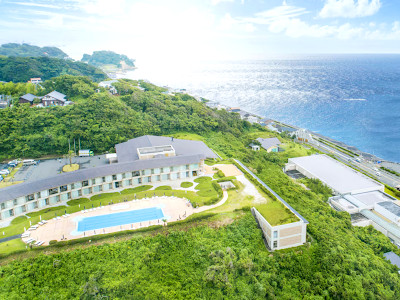 Experience the Ultimate Japanese Hospitality at a Hotel in Kamakura.
Experience the Ultimate Japanese Hospitality at a Hotel in Kamakura. Find Your Perfect Hotel Now >
My tips for local activities
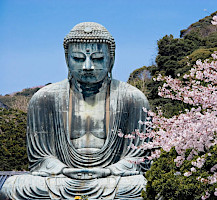
How about exploring the beautiful city of Kamakura and its historical places with a local guide? The personalized tour by our partner GetYourGuide can take between 4 - 6 hours. For more details check out this page >
History
In 1334 Hokokuji in Kamkura was founded by the influential Rinzai Zen priest Tengan Eko (1273 - 1335) during the Kenmu Restoration (1333 - 1336). It was a time of great change in Japan. The Kamakura shogunate was defeated in 1333 and Ashikaga Takauji (1305 – 1358) established his power in Kyoto. He was the first shogun and founder of the Ashikaga shogunate. The Hokokuji temple became the family temple of the Ashikaga Clan and the Uesugi Clan. In 1923 during the Great Kanto Earthquake, the temple buildings were completely destroyed. Over time most of the structures have been rebuilt. Before the earthquake, the majority of the temple’s buildings had thatched roofs, but only the bell tower kept this original state. The only remaining original parts are the Yagura Caves, old stone lanterns, and gorinto gravestones.
Location

Hokokuji is located in the eastern part of the city Kamakura within the Kanagawa Prefecture near the beginning of the well-known hiking path Gion Yama.
Address: 2 Chome-7-4 Jomyoji, Kamakura-shi, Kanagawa-ken 248-0003, Japan
How to get to Hokokuji Temple?
- 10min from Kamakura Station to Jomyoji bus stop by bus 36, 23 and 24 or
- 30min from Kamakura Station
Sightseeing spots at Hokokuji Temple grounds
Top:
Bamboo Grove - Enjoy the beautiful scenery when you walk on narrow paths through the dense bamboo forest. Take a break at the small tea house (chashitsu) there and order some matcha tea (green tea) and traditional Japanese sweets. It can not get any better:)
Yagura Caves - These man-made caves can for protection reasons only be admired from the distance. They were used as the graveyard of the Ashikaga family, including Ietoki Ashikaga (1284 – 1328), who killed himself by seppuku.
Zen garden - This beautifully maintained Zen garden is located right behind the main hall.
Shaka Nyorai Buddha - The statue (principal image) is enshrined in the Main Hall of Hokokuji. This object of worship was crafted in 1347 by famous Buddhist sculptor Takuma Joko and is now designated as a cultural property by the city of Kamakura.
Butsujo-zenji Sculpture - This statue dates back to 1347 and can be found in the Kasho-do (annex of the main hall).
Important Cultural Properties - Many treasures of the temple were relocated to the nearby (2km) Kamakura Museum of National Treasures at Tsurugaoka Hachimangu Shrine incl. a manuscript of Chinese poems of founder Tengan Eko (1273 - 1335) and his wooden stamp. This items have the status of Important Cultural Properties by the Japanese government.
Bell Tower - The simple thatched straw roof of the bell tower gives this structure a unique look. The Bell Tower can be found on the left side of the Main Hall.
Festival & Events in Kamakura (dates can change without notice)
April
Kamakura Matsuri (from 2nd to 3rd Sunday)
The city and its history will be celebrated.
August
Bonbori Matsuri (7th to 9th)
Hundreds of lanterns can be found around Tsurugaoka Hachimangu Shrine.
Kamakura Hase no Akari (19th to 25th)
Eight temples and shrines (incl. Kotoku-in) will be illuminated at night.
September
Reitai Matsuri (between 14th and 16th)
Great festival with its most famous attraction the Japanese horseback archery.














